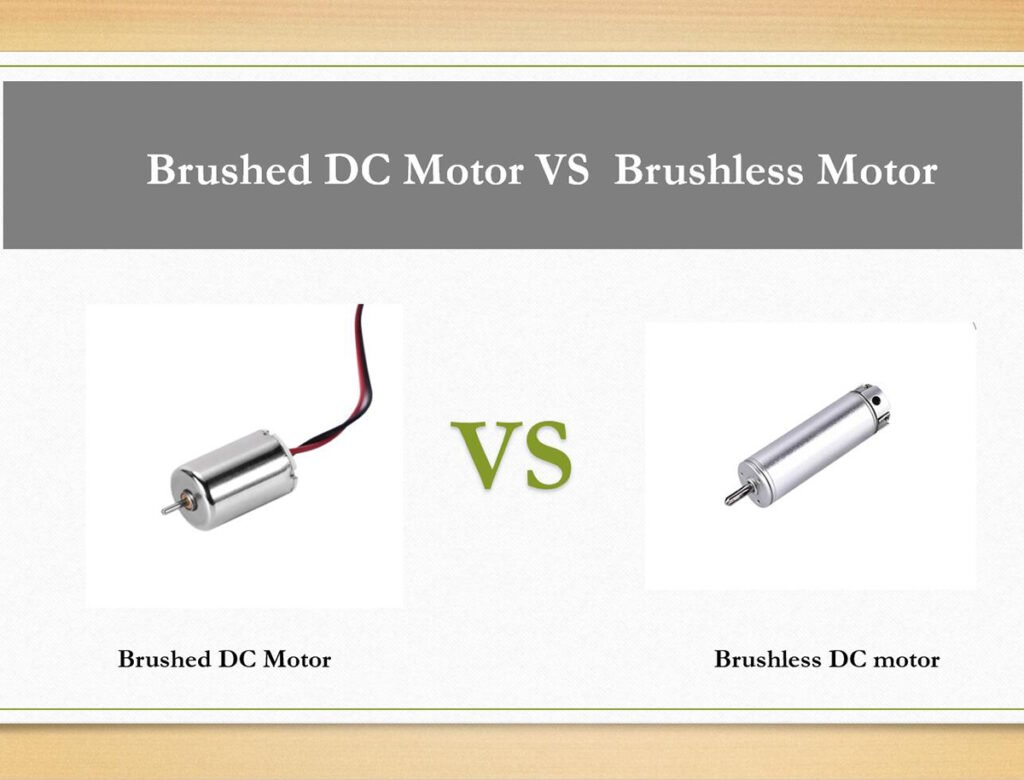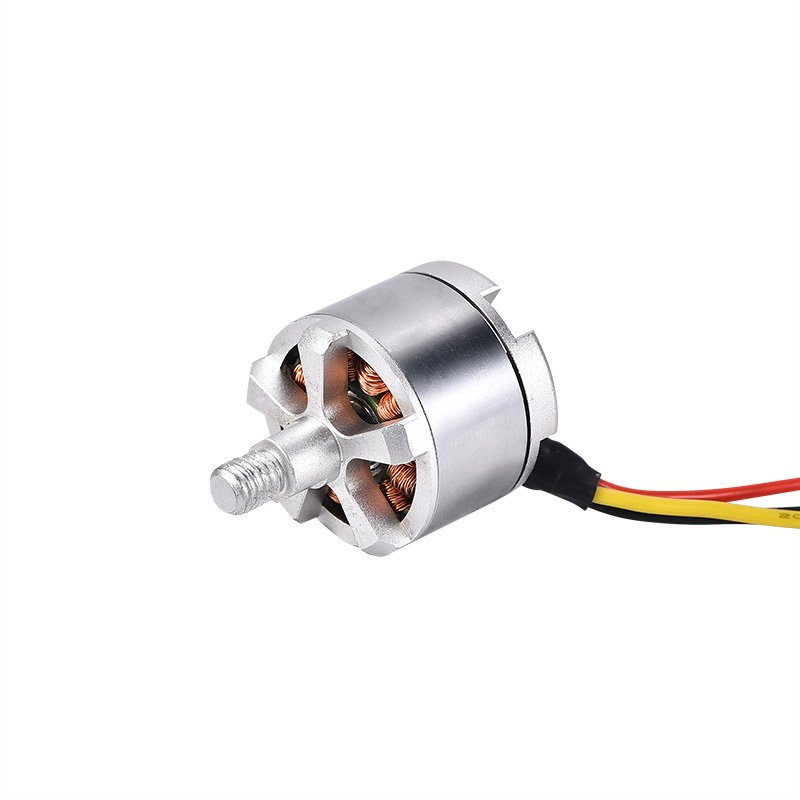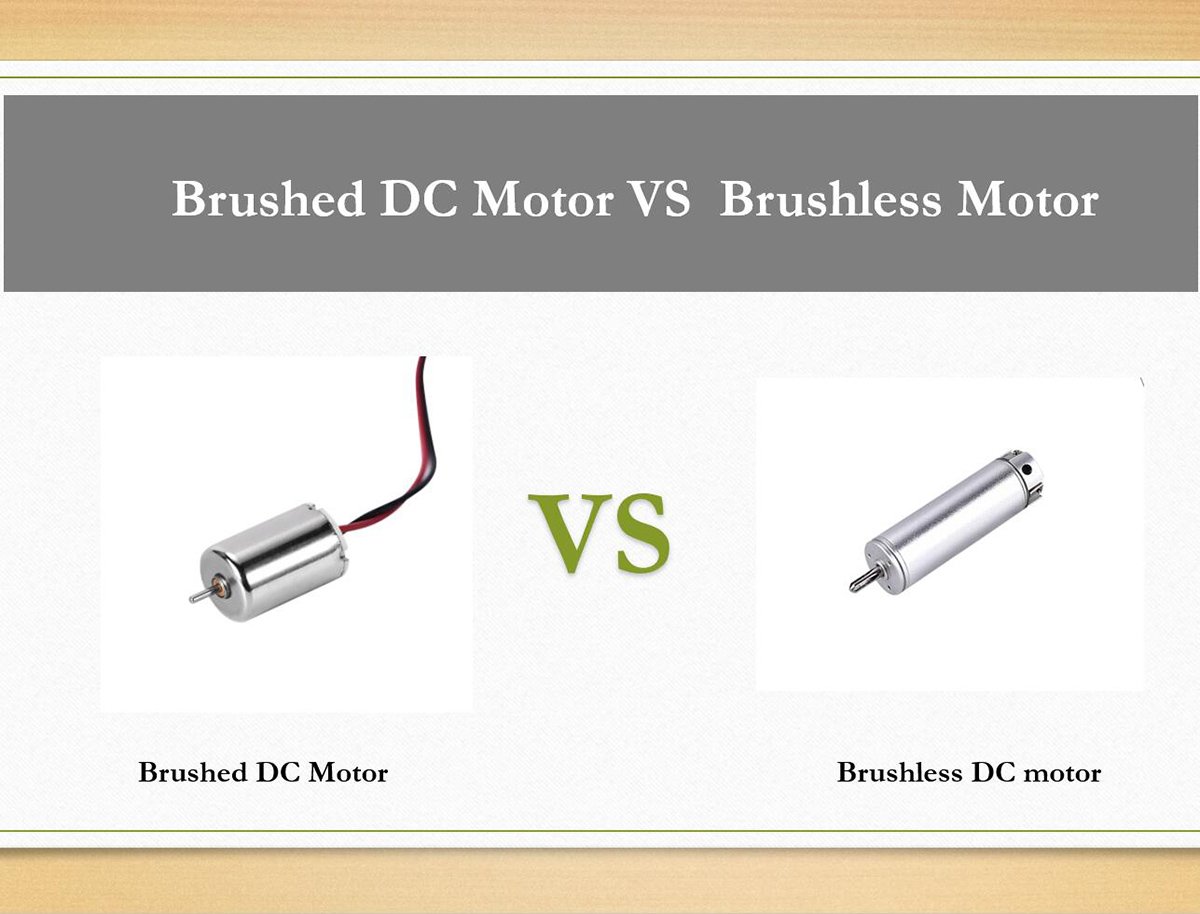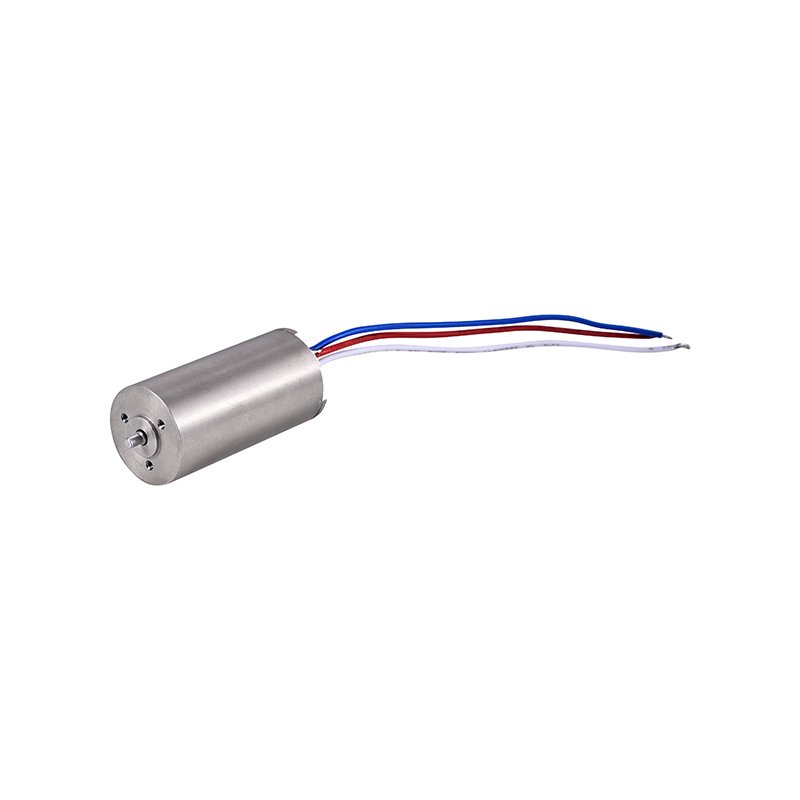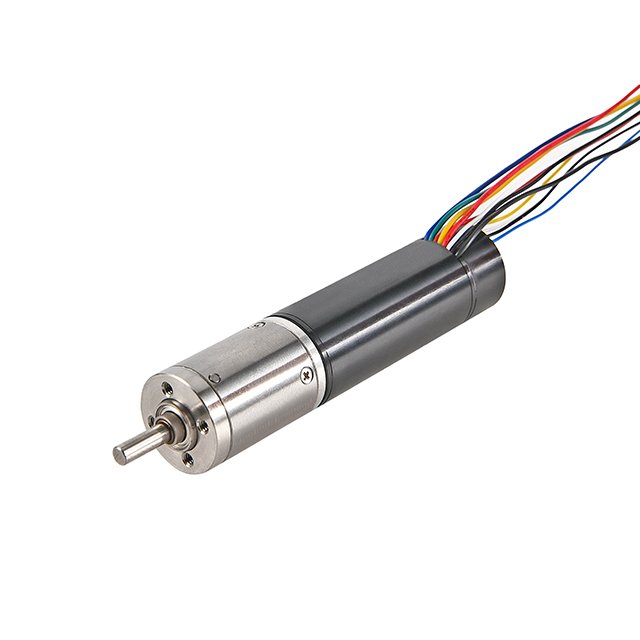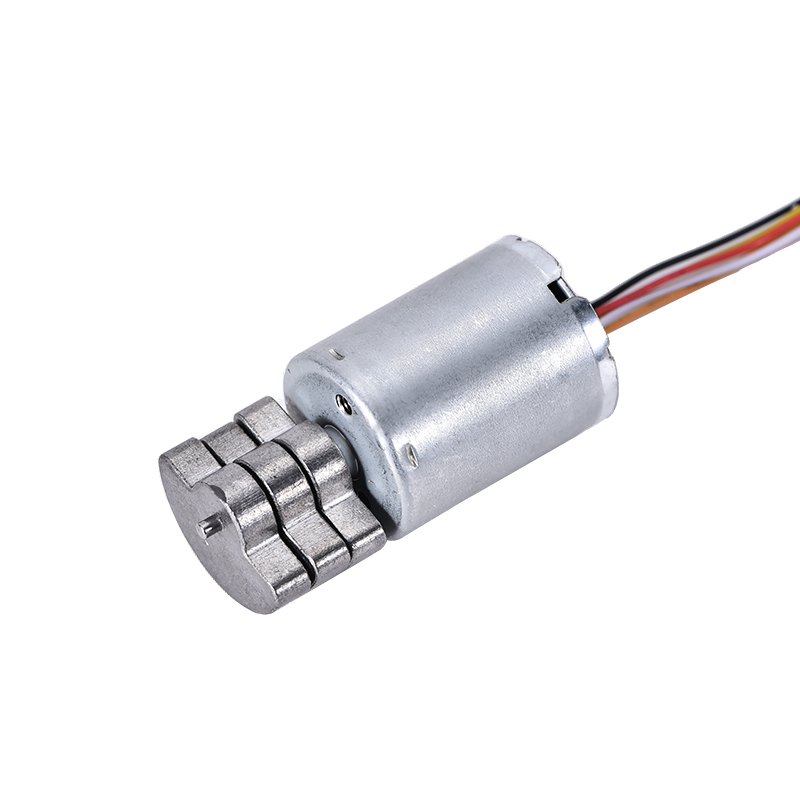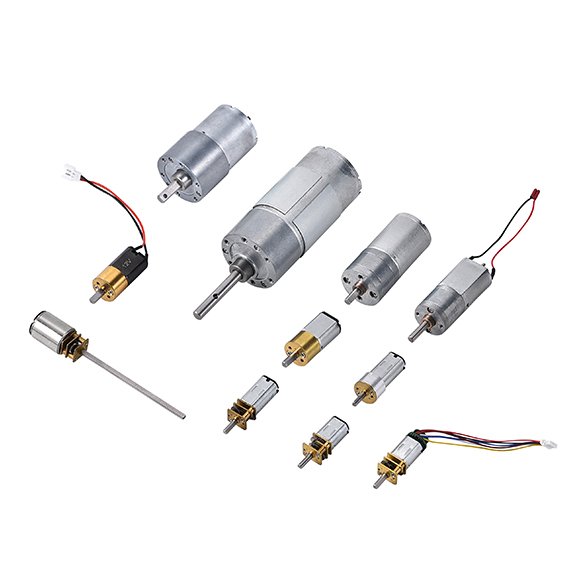When you compare brush motor vs. brushless motor, you quickly notice why brushless motors stand out. Brushless motors last much longer, often running tens of thousands of hours, while brushed motors typically last between 1,000 and 3,000 hours. The difference stems from how each motor handles wear and tear. Brushless motors need less maintenance because they have no brushes to replace, which leads to lower long-term costs. The table below shows the clear gaps:
Motor Type | Average Lifespan |
|---|---|
Brushed | 1,000 to 3,000 hours |
Brushless | Tens of thousands of hours |
You see similar patterns in maintenance and total cost of ownership:
Motor Type | Maintenance Requirements | Total Cost of Ownership |
|---|---|---|
Brushed Motors | Require regular maintenance due to brushes | Lower initial cost but higher long-term costs due to maintenance |
Brushless Motors | Minimal maintenance due to no brushes | Higher initial cost but lower long-term costs due to reduced maintenance and higher efficiency |
When you look at the brush motor vs. brushless motor debate, you see why so many choose brushless for reliability. INEED’s experience with micro motors and gear motors proves that the right choice comes from understanding these differences. If you want to know why the brushed vs brushless comparison matters, you need to focus on lifespan, maintenance, and total cost.
Key Takeaways
Brushless motors last significantly longer than brushed motors, often exceeding 10,000 hours of use, which means fewer replacements.
Maintenance for brushless motors is minimal since they lack brushes, leading to lower long-term costs and less downtime.
While brushed motors have a lower initial cost, their ongoing maintenance expenses can add up, making brushless motors more cost-effective over time.
Choosing brushless motors can enhance reliability and efficiency, especially in demanding applications, reducing the need for frequent repairs.
Investing in brushless motors from INEED ensures high performance and durability, providing better value in the long run.
Brush Motor vs. Brushless Motor Lifespan
Brushed Motor Lifespan
When you look at the lifespan of brushed motors, you see a clear pattern. Most brushed motors last between 1,000 and 3,000 hours in regular use. If you maintain them well, some brushed motors can reach up to 5,000 hours, but this is not common in everyday applications. You will notice that the lifespan of a brushed motor depends on how often you use it and how well you take care of it.
The life expectancy of a brushed motor is usually about 1,000 to 3,000 hours.
Well-maintained brushed motors can last between 2,000 to 5,000 hours in optimal conditions.
Brushed motors generally have a shorter lifespan compared to brushless motors.
Why do brushed motors wear out faster? The answer lies in their design. Brushed motors use brushes and a commutator to transfer electricity. These parts rub against each other, which causes friction and wear. Over time, the brushes and commutator need replacement. If you ignore maintenance, the motor can fail early. You must check and replace brushes regularly to keep the motor running smoothly.
Here is a table showing the most common failure modes for brushed motors:
Failure Mode | Common Causes |
|---|---|
Brush/Commutator Wear | General wear, increased wear due to high speed/over-driving, excessive arcing due to overdriving |
Brush/Commutator Contamination | Over-moulding compound ingress, blooming of super glues, operation in dirty or dusty atmospheres |
Bearing Wear | Excessive radial or axial loading, insufficient axial play |
You will find that regular maintenance helps extend the lifespan, but the need for frequent repairs makes brushed motors less reliable for long-term use.
Brushless Motor Lifespan
Brushless motors stand out because they last much longer than brushed motors. In most industries, you can expect a brushless motor to run for tens of thousands of hours. For example, in industrial settings, brushless motors often reach 15,000 to 25,000 hours. Commercial applications see lifespans of 10,000 to 20,000 hours, while automotive uses average 8,000 to 15,000 hours.
Industry | Average Lifespan (hours) |
|---|---|
Industrial | 15,000 – 25,000 |
Commercial | 10,000 – 20,000 |
Automotive | 8,000 – 15,000 |
Why do brushless motors last so long? The answer is simple. Brushless motors do not have brushes or commutators. You avoid the friction and wear that shortens the lifespan of brushed motors. The design uses electronic commutation, which means fewer moving parts and less heat. You get stable performance and reliability over time.
INEED’s brushless motors and micro DC motors use advanced designs to maximize lifespan. You benefit from reduced friction, lower heat generation, and minimal maintenance. These motors work well in compact spaces and keep their efficiency for years. When you choose INEED brushless motors, you invest in a solution that stays reliable and cost-effective.
Brushless motors have no brushes that wear out.
Fewer moving parts result in less friction and heat.
This design contributes to a longer operational lifespan.
You see why brushless motors are the preferred choice for applications that demand long service life and minimal downtime.
Factors Affecting Motor Lifespan
You must consider several factors that impact the lifespan of both brushed motors and brushless motors. The way you use and maintain your motor plays a big role in how long it lasts.
Factor | Description |
|---|---|
Operating Conditions | High armature speeds can lead to rapid wear; minimizing speed can extend motor life but may reduce power output. |
Current Draw | High current draw relative to the motor’s size can increase brush wear; proper sizing is essential. |
Operating Environment | High humidity and moisture can create conductive paste from brush dust, leading to arcing and increased wear. |
Bearing Life | Bearings can wear out over time due to rotation, load, and heat. |
Winding Insulation | High temperatures and electrical stress can break down insulation, causing motor failure. |
Electronic Components | Capacitors and ICs may degrade faster at high temperatures. |
You should always match the motor to your application. If you run a brushed motor at high speeds or in dirty environments, you will see faster wear. Brushless motors handle tough conditions better, but you still need to watch for heat and load. Proper installation and regular checks help you get the most out of your motor.
When you choose INEED brushless motors or micro DC motors, you get products designed for durability. The advanced engineering and strict quality control at INEED ensure that your motor delivers a long operational lifespan, even in demanding environments.
Tip: If you want the longest lifespan, select a brushless motor from INEED and follow recommended operating guidelines. You will reduce downtime and save on maintenance costs.
You now understand why brushless motors offer a longer lifespan and why choosing the right motor type matters for your application.
Maintenance Needs for Brushed and Brushless Motors
Brushed Motor Maintenance
You need to pay close attention to the maintenance requirements of brushed motors. These motors use brushes and a commutator, which wear down over time. You must inspect brushed motors every 500 to 1000 hours. Regular checks help you spot brush wear, commutator buildup, and overheating. You should replace brushes when they show significant wear to prevent damage to the commutator. Cleaning the commutator and removing carbon films keeps the motor running smoothly. Lubricating bearings reduces friction and helps maintain motor efficiency. You also need to check electrical connections and monitor temperature during operation. Following these steps ensures your brushed motors last longer and perform reliably.
Typical brushed motor maintenance tasks:
Inspect brushes and commutator for wear and tear.
Replace brushes as needed.
Clean commutator and remove debris.
Lubricate bearings according to manufacturer guidelines.
Check electrical connections.
Monitor motor temperature.
Brushless Motor Maintenance
Brushless motors offer a clear advantage when it comes to maintenance. You do not need to replace brushes because these motors use electronic commutation. The design eliminates friction between moving parts, which means fewer components wear out. You only need to check bearings occasionally. Brushless motors use magnets and electronic circuits, so you avoid the regular cleaning and replacement tasks required by brushed motors. This lower maintenance leads to higher motor efficiency and longer service life. INEED’s brushless gear motors and micro DC motors benefit from advanced engineering and strict quality control, which further reduces maintenance needs.
Why brushless motors require less maintenance:
No brushes to replace.
Fewer moving parts.
Minimal friction and wear.
Occasional bearing checks only.
Maintenance Frequency and Complexity
You will notice a big difference in how often and how complex maintenance tasks are for each motor type. Brushed motors require frequent attention and more complicated procedures. Brushless motors are virtually maintenance-free, saving you time and costs.
Motor Type | Maintenance Complexity |
|---|---|
Brushed | Higher due to brush replacement and wear |
Brushless | Maintenance-free, significantly lower complexity |
Tip: If you want to reduce downtime and keep your equipment running efficiently, choose brushless motors from INEED. Their quality control ensures reliable performance with minimal maintenance.
You now understand why brushless motors are the preferred choice for applications where low maintenance and high motor efficiency matter most.
Cost of Ownership: Brush Motor vs. Brushless Motor

Initial Cost Comparison
When you compare the initial cost of brushed motors and brushless motors, you notice a clear difference. Brushed motors usually cost less at the start. You can buy a brushed motor for as little as $3.90, with prices going up to $50 depending on the size and application. Brushless motors cost 30-50% more than brushed motors. This higher price comes from advanced technology and longer-lasting components.
Here is a table showing the price range for each motor type:
Motor Type | Price Range | Cost Comparison |
|---|---|---|
Brushed Motors | $3.90 – $50 | Baseline for comparison |
Brushless Motors | 30-50% higher | Higher initial cost, but more efficient and longer-lasting |
You might wonder why brushless motors cost more. The answer is simple. Brushless motors use electronic commutation and high-quality materials. These features make them more efficient and durable. INEED’s brushless motor products offer advanced designs and customization, which add value to your investment.
Maintenance and Replacement Costs
You need to think about more than just the initial price. Maintenance and replacement costs play a big role in the total cost of ownership. Brushed motors require regular maintenance. You must replace brushes and clean the commutator. Over three years, you might spend $20 to $30 on brush replacements for each brushed motor. Brushless motors need very little maintenance. You only need to check bearings once in a while. Over the same period, you spend just $5 to $10 on rare maintenance for a brushless motor.
Here is a table comparing these costs:
Motor Type | Initial Manufacturing Cost | Maintenance Cost (3-year period) | Total Cost of Ownership |
|---|---|---|---|
Brushed Motor | $15-25 | $20-30 (brush replacements) | $35-55 |
Brushless Motor | $35-50 | $5-10 (rare maintenance) | $40-60 |
Brushed motors usually last between 1,000 to 2,000 hours before you need to replace the brushes. Brushless motors can run for over 10,000 hours without maintenance. This difference means you spend less time and money keeping brushless motors running. You avoid downtime and reduce repair costs.
Tip: If you want to save on maintenance and avoid frequent repairs, choose brushless motors from INEED. Their advanced engineering and strict quality control help you keep costs low.
Long-Term Value
You need to look at the big picture when choosing between brushed motors and brushless motors. Over a ten-year period, brushless motors offer much better value. You spend less on maintenance and replacements. The design of brushless motors reduces wear, so you get higher reliability and less downtime. Brushed motors need regular maintenance and may wear out faster.
Consider the costs over a 20,000-hour operational period. You would need to replace the brushes in a brushed motor about ten times. The total cost for a brushed motor could reach $2,600, including initial cost and replacements. The total cost for a brushless motor stays around $200. You see that brushless motors are more than ten times cheaper over their lifecycle.
Brushless motors require minimal maintenance and have an extended lifespan.
Their design reduces wear, providing higher reliability and reduced downtime.
Brushed motors need regular maintenance and may have a shorter lifespan due to wear.
When you choose INEED brushless motors, you invest in long-term savings. You get high efficiency, low noise, and reliable performance. These motors work well in demanding environments and keep your equipment running smoothly. You avoid unexpected costs and enjoy a better return on investment.
Note: The total cost of ownership for brushless motors is much lower than for brushed motors. You save money, reduce downtime, and get better performance over time.
You now understand why brushless motors are the smart choice for long-term value. INEED’s brushless motor solutions help you achieve reliable, cost-effective operation for years to come.
Brush Motor vs. Brushless Motor Comparison Table
You need a clear side-by-side comparison to understand why brushless motors outperform brushed motors in lifespan, maintenance, and cost of ownership. The following tables and explanations help you see the differences at a glance.
Lifespan
Brushed motors use brushes and a commutator, which wear out over time. You usually see a lifespan between 2,000 and 5,000 hours. Brushless motors do not have these parts. You get a lifespan that often exceeds 10,000 hours. INEED brushless motors use electronic commutation and advanced materials, so you benefit from less friction and longer operational life.
Motor Type | Lifespan (hours) | INEED Product Advantage |
|---|---|---|
Brushed motors | 2,000 – 5,000 | Standard design, regular wear |
Brushless motors | >10,000 | Electronic commutation, less friction |
You save time and money with brushless motors because you avoid frequent replacements.
Maintenance
Brushed motors require frequent brush replacement and cleaning. You must stop production to change brushes every 500 to 1,000 hours. Brushless motors need almost no maintenance. You only check bearings occasionally. INEED brushless motors feature strict quality control, so you experience minimal downtime and consistent performance.
Aspect | Brushed motors | Brushless motors |
|---|---|---|
Maintenance | Frequent brush replacement | Virtually no maintenance |
Downtime Impact | Production halts for repairs | Minimal downtime |
Operational Impact | Increased interruptions | Reliable, uninterrupted operation |
Brushless motors keep your equipment running smoothly, reducing maintenance headaches.
Cost of Ownership
Brushed motors cost less at first, but you pay more over time for repairs and replacements. Brushless motors have a higher initial cost, but you spend less on maintenance. INEED brushless motors deliver high efficiency and durability, so your total ownership cost stays low.
Cost Component | Brushed motors | Brushless motors | INEED Product Benefit |
|---|---|---|---|
Motor Unit | $50-200 | $100-400 | Advanced design, longer life |
Controller | Simple ($20-50) | ESC ($50-150) | Efficient control, less heat |
Maintenance Cost | Higher | Lower | Fewer repairs, less downtime |
Total Ownership Cost | Higher | Lower | Better ROI, long-term savings |
Choosing brushless motors from INEED means you invest in reliability and lower costs over the life of your equipment.
You now see why brushless motors are the smart choice for applications that demand long service life, minimal maintenance, and cost-effective operation.
You want a motor that lasts, needs little maintenance, and saves money over time. Brushless motors deliver higher efficiency, quieter operation, and longer life than brushed motors. INEED’s brushless DC motors and gear motors stand out for reliability and performance.
Brushless motors work best for frequent use and demanding tasks.
Brushed motors suit simple jobs or short-term needs.
Feature | Brushed Motors | Brushless Motors |
|---|---|---|
Efficiency | Lower | Higher |
Maintenance | Frequent | Minimal |
Lifetime | Shorter | Longer |
Choose INEED brushless motors for dependable, cost-effective solutions in industrial, automotive, and automation applications.
FAQ
Why do brushless motors last longer than brushed motors?
You get a longer lifespan from brushless motors because they have no brushes to wear out. Electronic commutation reduces friction and heat. This design keeps your motor running smoothly for years.
Why should you choose a brushless motor for demanding applications?
You should pick a brushless motor for tough jobs because it handles high loads and long hours without frequent maintenance. The advanced design gives you reliable performance and less downtime.
Why does maintenance cost less for brushless motors?
You spend less on maintenance with brushless motors because you do not need to replace brushes or clean commutators. Fewer moving parts mean fewer repairs and lower service costs.
Why is the total cost of ownership lower for brushless motors?
You save money over time with brushless motors. The higher initial price pays off because you avoid frequent repairs and replacements. You get better efficiency and longer service life.
Why do INEED brushless motors stand out in the market?
You benefit from INEED brushless motors because they use advanced engineering and strict quality control. These features give you reliable, efficient, and long-lasting performance for many applications.
